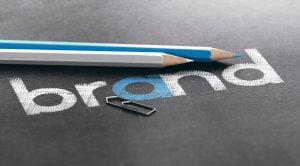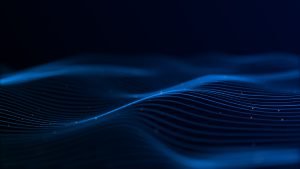There are new trends constantly emerging in the world of web design, and it’s important to stay informed about them.
A common theme of many of these trends is to create something distinctive and personable, not just another “cookie-cutter” website that blends with your competitors. But instead, one that adds value by being unique. Another thing to consider is the portability of your website, because mobile browsing is on the rise, with 58% of all browsing done on mobile devices. And that number will only continue to increase.
Here are five trends that we’re digging in 2023:
1. Minimalism
Minimalism is becoming a popular web design trend for 2023 as not everyone prefers a flashy website with bold colors and whimsical animations. Minimalist designs use a limited color palette and only essential design elements to convey the message. While adopting a minimalist aesthetic offers various advantages, maintaining balance in each design is crucial, as excessive white space highlights any slight imbalance.
2. Microinteractions
Microinteractions are among the web design trends in 2023 that aim to enhance user experience and boost brand recognition. Common website interactions such as clicking links, commenting on blog posts, watching videos, or completing surveys demand more user input compared to microinteractions. These small but significant interactions are instrumental in driving engagement and eliminating glitches that may impede site navigation.
3. Return Of The Y2K Aesthetic
This year’s visual language will showcase a vibrant aesthetic reminiscent of the early 2000s, characterized by the emergence of new technologies and an optimistic outlook on the future. The use of bright, contrasting colors such as hot pinks, metallics, purples, and yellows will be prevalent, along with a low-fi feel reminiscent of Flash-era technology and clip art. Designers like Kurt Champion and Aroke1 Studio are utilizing advanced tools to infuse their web designs with an ironic sense of contentment that pays homage to the low-fi designs of their youth. Their work features dense Flash-style animations and clashing colors that were impossible to achieve with the dial-up internet of Web 1.0.
4. Dark Mode
With the increasing awareness of the advantages of dark mode, it’s likely that you’ll receive more demands to include it in your designs. Although not novel, dark mode is presently more in demand than ever before, akin to responsive design. Certain users find it simpler to read light text against a dark backdrop, and it might also prolong the battery life of mobile devices. For designers, dark mode provides greater flexibility to test design components and unleash their creativity.
5. Increased Web Accessibility
And last on the list but certainly one of the most important features presented here – accessibility. The importance of accessibility cannot be overstated in today’s digital landscape. Ensuring that websites are accessible to all users is crucial for promoting inclusivity and diversity in online spaces. Furthermore, there is ample research indicating that inaccessible websites can have significant negative effects on individuals with disabilities, including decreased social participation and reduced access to critical information. As such, it is essential that designers and developers prioritize the implementation of accessible design principles in their work.
With increasing numbers of individuals relying on online platforms for communication, services, education, and entertainment, it is incumbent upon developers and designers to ensure that these spaces are truly open to all users regardless of ability or disability. Approaching this task with comprehensive understanding can help facilitate the development of effective solutions that promote greater inclusivity and equity in online spaces.
These are just a few examples of recent trends we’ve had our eyes on, but there are many more options out there for the business owner seeking to build an engaging website and stand out from their competitors.






